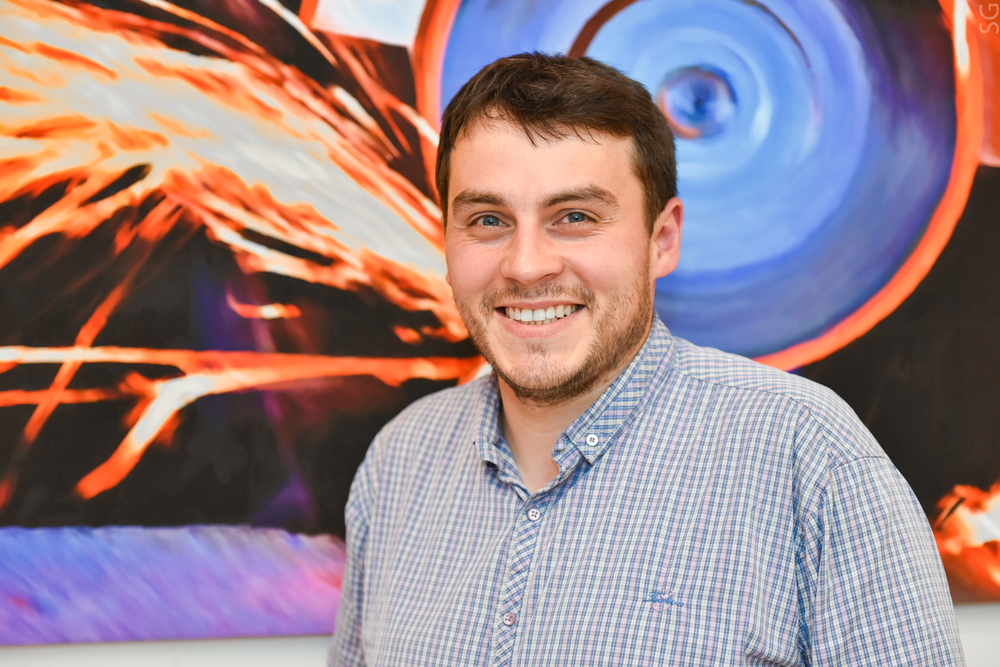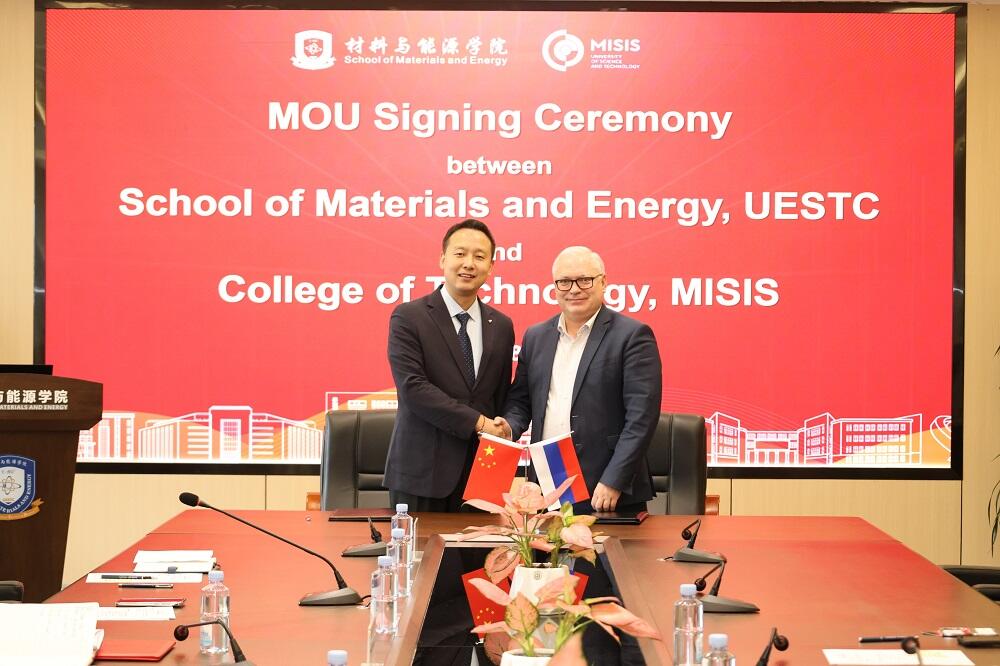A group of NUST MISIS engineers has presented a unique prototype of a target to be installed for the SHiP experiment (Search for Hidden Particles) at CERN (European Organization for Nuclear Research). SHiP`s aim is to discover three possible fundamental particles — heavy neutral leptons.

Leptons are elementary, weakly-coupled particles which include — among other things — electrons and neutrinos. The detection of heavy neutral leptons and their introduction into the Standard Model of Elementary-Particle Physics will allow scientists to properly describe the existence of dark matter and the absence of antimatter in the Universe.
A beam of protons from SPS synchrotron is planned to be shot at a stationary target with a width of 120 centimeters—thick enough to stop all protons. The interaction of protons with the target’s nuclei and electrons will create a large number of new particles, with hypothetical particles of dark matter potentially among them.
The complexity of the target’s design makes it so every seven seconds it will absorb about 3×10^13 protons, with each proton holding about 400 gigaelectronvols of energy. That energy release is up to 2.5 peak megawatts, and with the target’s crosshairs being only about 30 centimeters big, this means that the experiment has to produce a few kilowatts of thermal energy per square centimeter to produce the new particles.
This problem was the crux of what the group of NUST MISIS engineers had to solve. The finished target will consist of a set of metal layers with a thickness between 2.5 and 3.5 centimeters. Half of the layers will be made of a less dense molybdenum alloy TZM (titanium, zirconium and molybdenum alloy), and the rest of the target will be made from tungsten.
“The model of this target has been developed. It`s half the size of what we will need and it`s a prototype, but the thickness of the plates in it is already measured because the main parameter here is the length of the interaction because we need to know exactly at what depth which particles are created”, said Dmitry Karpenkov, senior research associate at NUST MISIS.
This prototype is now being tested on the SPS synchrotron with reduced proton flow. The aim of these experiments is to better understand which already known particles are born in this interactive process to improve the detector`s protection against them.
Water flows through the narrow gaps between plates, cooling the plates in the target. It`s estimated that about 50 liters of water per second, or 180 tons per hour, will be required for the experiment. To increase the water’s boiling point to 200 degrees Celsius, the pressure of 15 atmospheres will have to be created.
“The target has a relatively simple structure as it`s basically just a set of thin metal cylinders. The thinner ones are used at the beginning of the target as there is the greatest heat extraction and heat needs to be quickly removed. These cylinders are made of molybdenum, the density of which is half that of tungsten. If we used tungsten here it would just melt”, — Karpenkov added.
Currently, the researcher group is completing testing on the finished prototype as part of SHiP’s preparatory pilot phase. The installation of the target itself on the CERN site as part of the SHiP detector is currently planned for after 2020.

